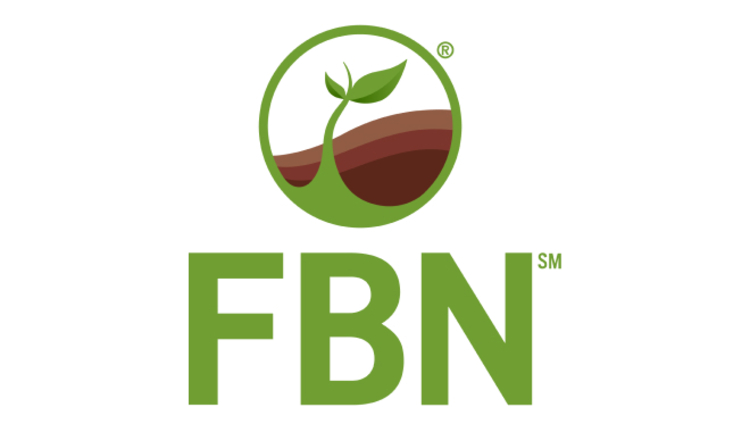The information listed below has been supplied by dairy marketers and other industry organizations. The information provided here has not been edited, verified or endorsed by Hoard’s Dairyman. 


Minimizing stress during a cow’s transition period by managing the environment surrounding her is always top-of-mind. Beyond the external environment, it’s just as critical to understand how to support a fresh cow internally, through proper transition cow nutrition.
“Understanding the specific nutritional needs of fresh cows gives us the opportunity to fully unlock potential milk production,” says Jeff Tikofsky, dairy nutritionist with Purina Animal Nutrition.

When formulating fresh cow rations, here are four insights into how you should be examining the diet differently:
1. Instead of crude protein, focus on the numbers that help manage the protein fractions in the ration. Understand the rate and extent of protein digestibility of what is available as this helps to predict how much metabolizable protein will be supplied to the fresh cow, and therefore available for milk and milk protein production.
2. Rumen function research has increased the understanding of neutral detergent fiber digestibility (NDFd) and indigestible NDF or uNDF. Forage samples should no longer be evaluated on just how much acid detergent fiber (ADF) and NDF they contain. Make sure you know the NDF digestibility at different time points and uNDF in order to more precisely evaluate the fiber’s value in the transition cow’s diet and understand the potential energy contribution of that feedstuff.
3. Starch as a percent of dry matter has been an important number in forage analysis for years. Instead of only looking at starch content, understand how degradable that starch is and how quickly it will ferment in the rumen. This is especially important for fresh cows because of their low dry matter intake. They need a certain amount of starch and fiber to manage glucose demand and stay healthy, so it is important to include more quickly degradable starches.
4. Cows need to have the right balance of the different types of fatty acids in their diet to manage energy balance and milk fat production. Research has shown that Omega 3 fatty acids fed to fresh cows can increase milk production.
“By having a better understanding of the nutrition they need, we can get fresh cows off to a good start and optimize cow health and performance,” says Tikofsky.
For more information, contact Jeff Tikofsky at jntikofsky@landolakes.com or visit: www.purinamills.com/dairy-feed.
For additional information on dairy nutrition and management, sign-up to receive the monthly Purina®HERDSMART® E-mail; a free online tool to improve operational efficiency by visiting: purinaherdsmart.com.
Purina Animal Nutrition LLC (www.purinamills.com) is a national organization serving producers, animal owners and their families through more than 4,700 local cooperatives, independent dealers and other large retailers throughout the United States. Driven to unlock the greatest potential in every animal, the company is an industry-leading innovator offering a valued portfolio of complete feeds, supplements, premixes, ingredients and specialty technologies for the livestock and lifestyle animal markets. Purina Animal Nutrition LLC is headquartered in Shoreview, Minn. and a wholly owned subsidiary of Land O’Lakes, Inc.
Because of factors outside of Purina Animal Nutrition LLC’s control, individual results to be obtained, including but not limited to: financial performance, animal condition, health or performance cannot be predicted or guaranteed by Purina Animal Nutrition LLC.
10.13.2016








